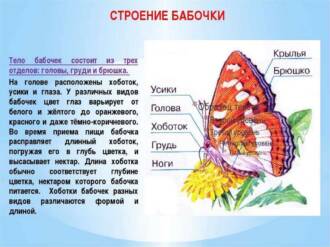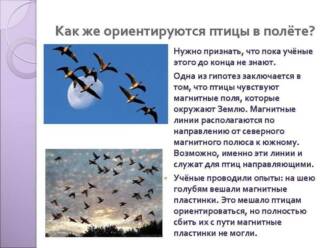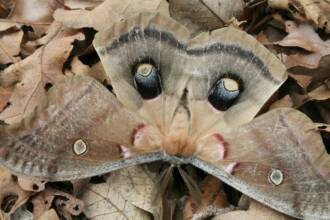
Butterfly in the form of a leaf is an amazing creature that can disguise itself and pretend to be a leaf. With the help of its special color and shape of wings, it can disappear among the vegetation and become indistinguishable to the eyes of predators. Such a defensive strategy allows the butterfly to lead a secretive life and avoid danger.
Features of the behavior of a butterfly in the form of a leaf are also associated with its nutrition and reproduction. Like other butterflies, it is active during the period of twilight and night when it comes out in search of food and a breeding partner. She prefers flower nectar and plant juices as food.
During the breeding process, the female butterfly lays her eggs on suitable plants. After hatching, the larvae begin to actively feed and grow. Then they turn into a chrysalis, in which the transformation into an adult butterfly takes place. After emerging from the chrysalis, the butterfly is ready for a new cycle of life and a repetition of this amazing process.
The leaf butterfly is an example of a unique evolutionary adaptation that allows it to survive in the harsh environment of nature. Her ability to pretend to be a leaf and disguise herself among the vegetation makes us admire and study this unique creature.
In general, the leaf-shaped butterfly is a fantastic natural phenomenon that shows us how diverse and inventive the world of living organisms is. Her behavior and lifestyle are of interest and admiration for scientists and nature lovers exploring the world of insects.
Butterfly leaf: what is it?
butterfly leaf — are a unique species of butterflies that are shaped like a leaf. They have amazing camouflage that allows them to easily blend into their surroundings and become virtually invisible to predators.
These butterflies live in tropical forests and jungles around the world. They prefer to inhabit trees and shrubs where their leafy wings allow them to hide perfectly among the foliage.
A feature of leaf butterflies is their ability to mimic with surrounding plants. They have a special coloration of the wings, which resembles the texture and color of the leaves. Because of this, they can successfully deceive their enemies and go unnoticed.
Leaf butterflies also have another interesting feature - they are able to move slowly and smoothly, like a leaf in the wind. This allows them to blend in even more with their environment and camouflage themselves from dangers.
The leaf butterfly is one of nature's most amazing and fragile creatures. Her unique mimicry and ability to pretend to be a leaf make her one of the most fascinating objects to study and observe.
Features of the appearance of a leaf butterfly
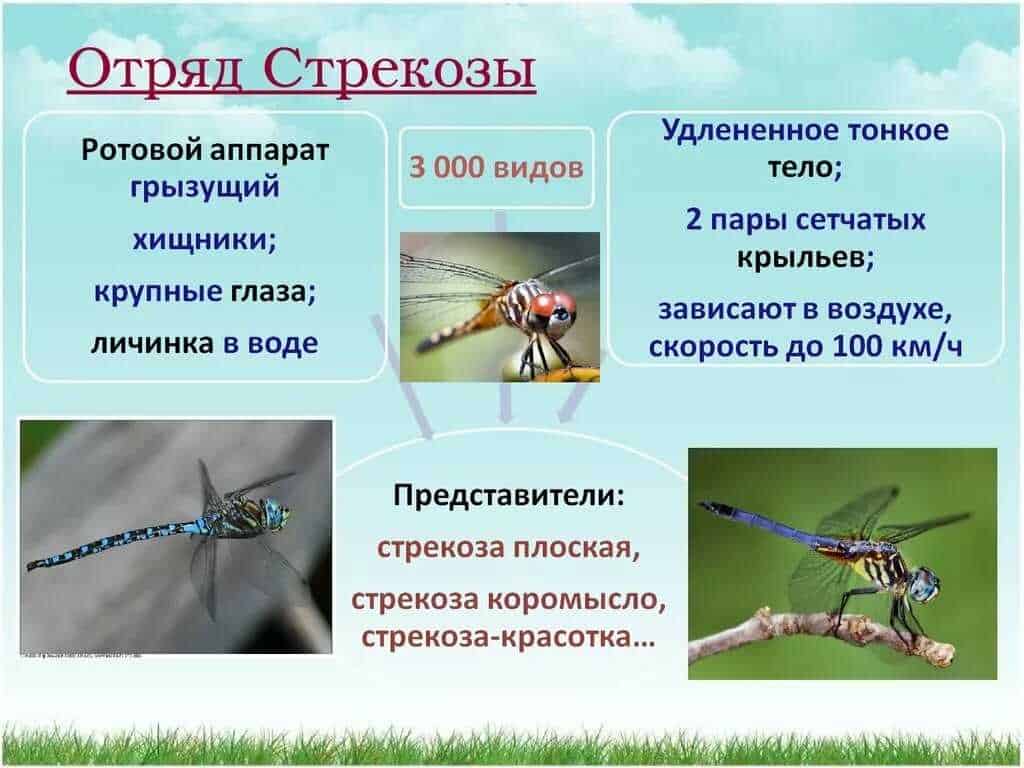
Butterfly leaf, or otherwise called leaf butterfly, looks very unusual and looks like a real leaf. This feature of appearance makes it one of the most spectacular species of butterflies. Its wings are shaped and colored like a real leaf, and this helps it to camouflage itself perfectly among the plants.
Butterfly leaf wings are green in color, which is very similar to the color of tree leaves. They are also leaf-shaped with jagged edges and veins, making it even more plant-like. Thanks to this deception, the leaf butterfly is able to inadvertently perch on a branch or leaf without arousing the suspicion of its predators.
In addition to its special color and shape, the leaf butterfly also has a very small size. Its wings are about 2-3 centimeters long, making it one of the smallest butterflies. Such a small size allows her to easily move among plants and hide from danger. In addition, its inconspicuous appearance helps it not only avoid predators, but also find food more easily.
Where does the leaf butterfly live?
The leaf butterfly, also known as the leaf butterfly, is found in various parts of the world. It is most common in tropical and subtropical regions, where it has ideal conditions for its existence.
The leaf butterfly prefers to live in wooded and green places where there is a lot of vegetation. It actively inhabits places such as the jungle, woodlands, gardens and parks.
butterfly leaf well adapted to the environment due to its unusual appearance. Its wings are shaped and colored like leaves, which helps it to remain undetected among the vegetation.
In addition, the butterfly leaf can be at different height levels. It can fly at a low altitude above the ground or hover in the air at a considerable height. Thanks to this ability, it can inhabit various ecosystems, from lowland forests to high mountain areas.
Generally, butterfly leaf can be found in many parts of the world where there are suitable conditions for its habitat. Its presence in nature is one example of the beauty and diversity of the living world.
The dangers that threaten the leaf butterfly

The leaf butterfly, despite its disguise, faces various dangers in its life. Here are some of them:
Predators
The leaf butterfly can become a target for various predators such as birds, lizards and spiders. Predators can see the butterfly even against the background of green leaves, so it is always in danger of being caught and eaten.
Glass surfaces
In an urban environment, the leaf butterfly may collide with glass surfaces such as the windows of buildings or cars. She may not notice the obstruction and fly into the glass, which could result in her death or injury.
climate change

Climate change can have a negative impact on the leaf butterfly and its habitat. Climatic extremes such as droughts or heavy rains can damage the leaves it lives on or destroy its food source.
Human activity
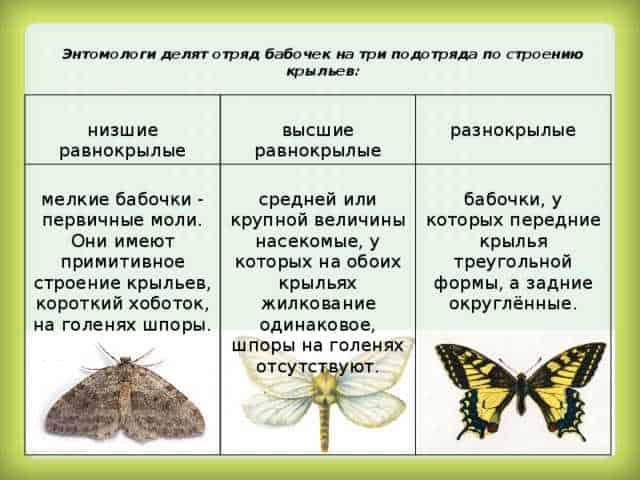
The leaf butterfly is also subject to threats from human activity. It can be accidentally crushed by people walking on leaves or grass. Also, the use of pesticides and deforestation can reduce its habitats and food sources.
All these dangers create trouble and risk for the leaf butterfly, which is constantly trying to adapt and survive in its environment.
Leaf butterfly nutrition: what does it eat?
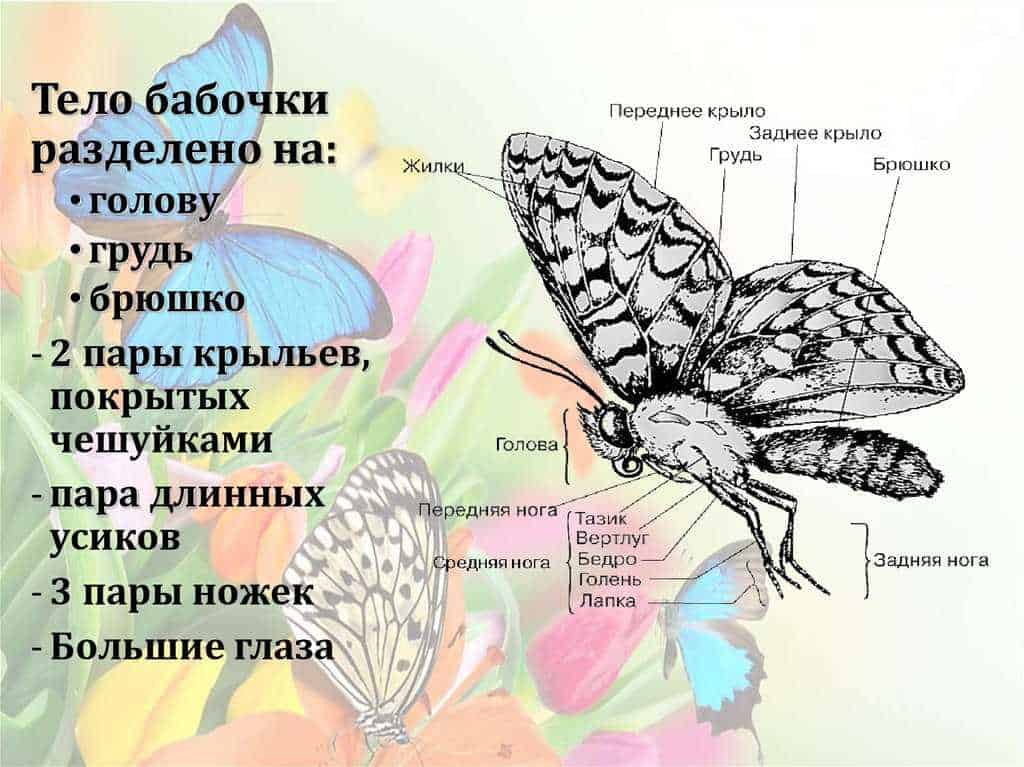
The leaf butterfly is a master of disguise, able to blend in perfectly with the surrounding vegetation. But what food does this amazing insect eat?
The leaf butterfly's main source of nutrition is plant leaves. It prefers tree and shrub leaves because they are rich in nutrients and moisture. The leaf butterfly can choose different types of plants depending on its needs.
When a leaf butterfly finds a suitable plant leaf, it begins to feed using its proboscis. The proboscis of the leaf butterfly has special sensitive hairs that help it find and select food.
The leaf butterfly can eat both fresh and dried leaves. She uses her powerful jaws to chew her food and extract all the necessary nutrients from it. The leaf butterfly may also drink juices and nectar from flowers, if given the opportunity.
It is important to note that the nutrition of a leaf butterfly may depend on its age and life cycle stage. For example, the leaf butterfly caterpillar actively feeds on leaves in order to gain enough nutrients for its growth and development. An adult leaf butterfly, in contrast, can feed mainly to maintain its energy and reproduce.
Thus, the nutrition of the leaf butterfly is based on the need for nutrients that it receives from the leaves of plants. This allows her to survive and thrive in her natural habitat.
Leaf butterfly breeding season
The leaf butterfly is a special kind of butterfly that has a unique lifestyle and behavior. The breeding season of this butterfly occurs at a certain time of the year when the weather is suitable and there is enough food.
Butterfly leaf reproduction occurs as follows:
- The female first lays her eggs on the underside of the plant leaves.
- Caterpillars emerge from the eggs and begin to actively feed on the leaves.
- Caterpillars go through several stages of development, each of which is accompanied by molting - a change of skin.
- After the end of the last stage of development, the caterpillar turns into a chrysalis attached to a branch or other suitable surface.
- The pupa is in this state for some time, until the moment of its transformation into an adult butterfly comes.
- After the transformation of the chrysalis, the leaf butterfly emerges from it and begins its adult life cycle.
It is important to note that the leaf butterfly's breeding season can vary depending on climatic conditions and food availability. However, in general, this happens during the warm season, when the plants are profusely green and provide enough food for the caterpillars.
Butterfly leaf lifestyle
The leaf-shaped butterfly is a species of butterfly that has the unique ability to camouflage itself as a tree leaf. This allows them to avoid danger and be invisible to predators.
Leaf butterflies lead a secretive lifestyle, preferring to live in dense forests and gardens, where there is a lot of vegetation. They are active during the day when the sun is shining brightly and the leaves are beautifully lit.
Nutrition: Leaf butterflies feed on nectar, which they get from the flowers of various plants. They prefer flowers that match their disguise, such as white or green flowers.
Reproduction: Leaf butterflies go through a complete development cycle, starting with an egg, then a larva, a pupa, and finally an adult butterfly. The female lays her eggs on the underside of plant leaves to provide protection and food for future larvae.
Migration: Some species of leaf butterflies migrate long distances in search of new places to feed and breed. They can travel hundreds of miles, using their unique lifestyle to go unnoticed while traveling.
Enemies: Leaf butterflies have many enemies in nature, including birds, insects, and spiders. However, their disguise and secretive lifestyle help them avoid danger and survive in the environment where they are.
Leaf butterflies are amazing creatures of nature that are perfectly adapted to their environment. Their lifestyle and camouflage make them irreplaceable parts of the ecosystem and important for the preservation of biodiversity.
The influence of the butterfly leaf on the environment
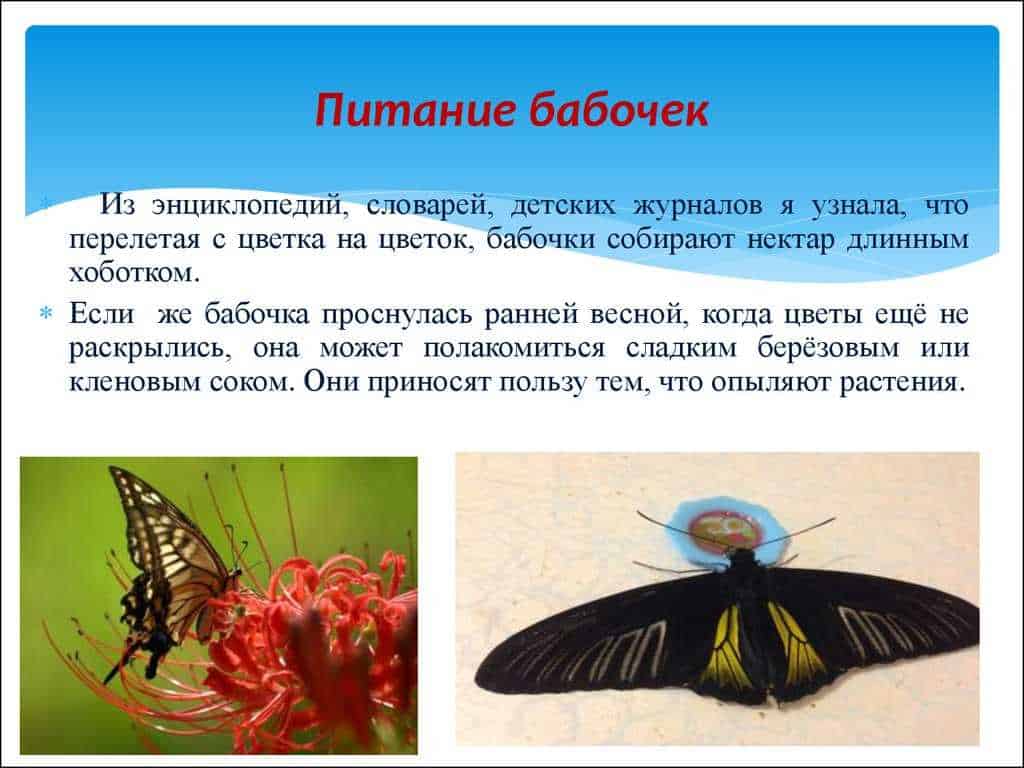
The leaf butterfly is one of the most spectacular examples of natural camouflage. Its ability to take on the appearance of an ordinary leaf makes it almost invisible to predators and humans. The impact of the leaf butterfly on the environment is evident in its ability to survive in challenging environments and promote biodiversity.
Disguise
The leaf-shaped butterfly has the unique ability to camouflage itself among vegetation. Her wings are shaped and colored much like plant leaves, allowing her to blend in with her surroundings. Thanks to this feature, the leaf-shaped butterfly can avoid danger and remain invisible to predators. Thus, it contributes to the preservation of the ecosystem and the natural balance in nature.
Pollination
The leaf butterfly is an important plant pollinator in its habitat. She visits flowers and performs the pollination process, carrying pollen from one flower to another. It plays an important role in plant reproduction and maintenance of their population. Due to its ability to camouflage, the leaf moth can access flowers without attracting the attention of predators.
Attracting tourists
The leaf-shaped butterfly has become a subject of interest for many tourists and nature lovers. Its unique appearance and behavior attract many people who want to see it in its natural habitat. Thus, the leaf-shaped butterfly contributes to the development of ecotourism and draws attention to the importance of preserving nature and its biodiversity.
Conclusion
The leaf butterfly has a significant impact on the environment. Its ability to camouflage, perform pollination and attract tourists makes it an important element of the natural ecosystem. Understanding this impact helps us to appreciate and protect the biodiversity and uniqueness of our planet more deeply.
Butterfly Leaf Defense Mechanisms

The leaf-shaped butterfly has a number of defense mechanisms that help it survive and avoid danger.
Disguise
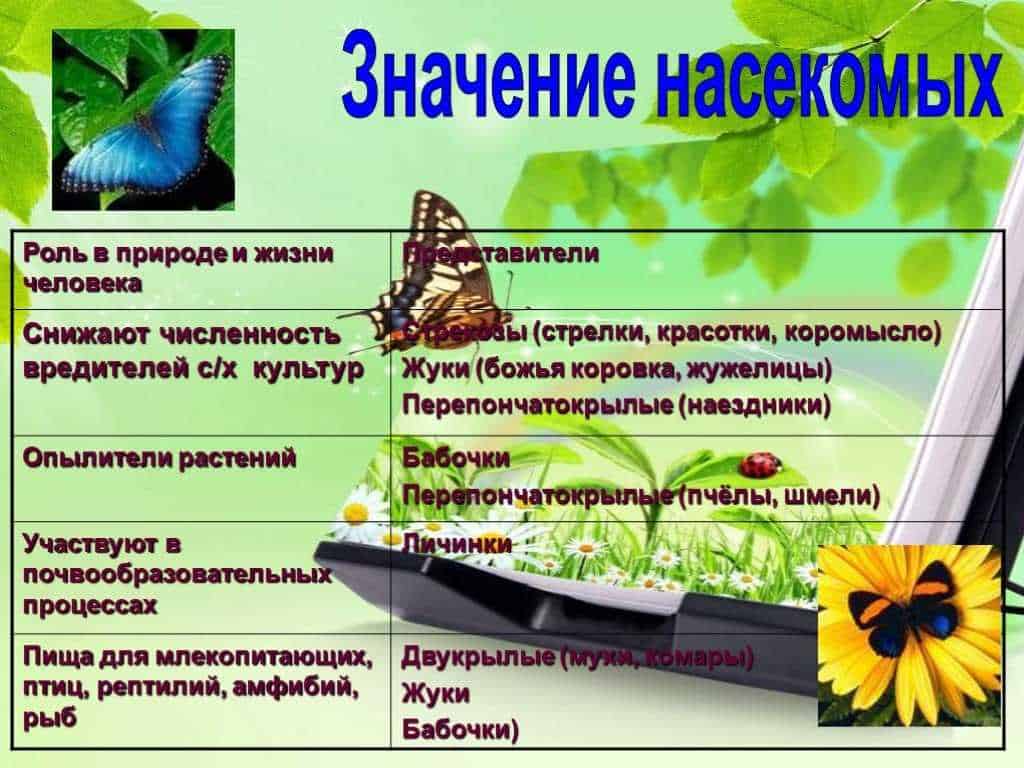
One of the main defense mechanisms of the leaf butterfly is its ability to disguise itself as a leaf of a tree or shrub. It has a special coloration that allows it to blend in with its surroundings. Due to this, the leaf butterfly becomes almost indistinguishable from a real leaf, which makes it invisible to predators.
Imitation
The butterfly leaf can also mimic the movements and shape of a regular leaf. She is able to sway in the wind like a real leaf, as well as change the direction and speed of her flight. Along with this, she can unfold her wings in such a way that they resemble feathers or veins on a leaf. This creates the illusion of a real leaf and makes it difficult to identify her as a living being.
A frightening smell
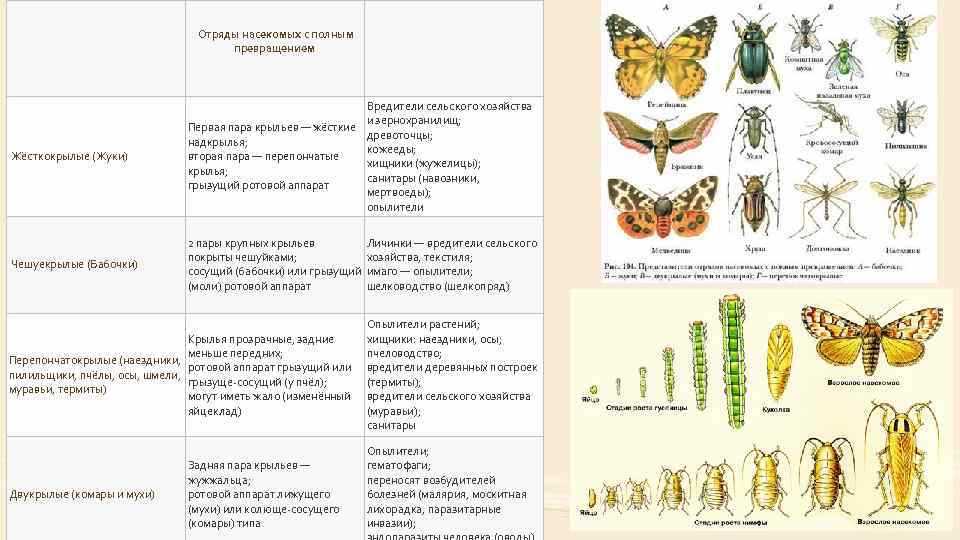
To protect against predators, leaf butterflies can emit a special scent that repels potential enemies. This scent mimics that of a rotting leaf, making it less attractive to predators. Thus, the leaf butterfly creates the illusion of danger and threat.
Popular types of butterfly leaf
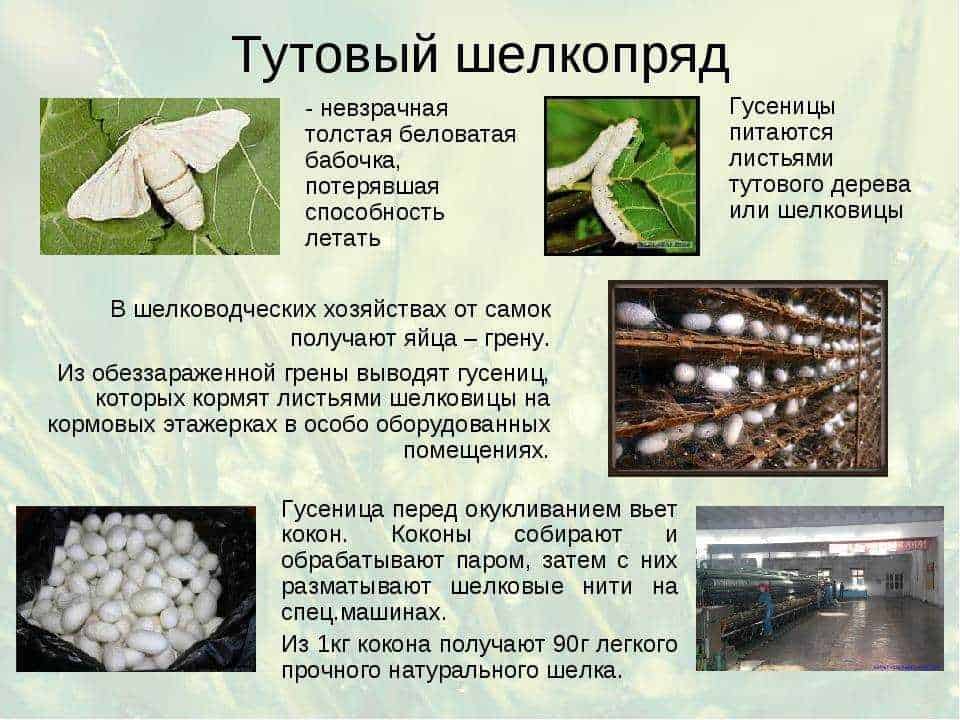
The leaf-shaped butterfly is an amazing creation of nature that is perfectly camouflaged among leaves and branches. There are many species of butterflies that have this feature and blend in perfectly with the environment.
1. Leaf butterfly
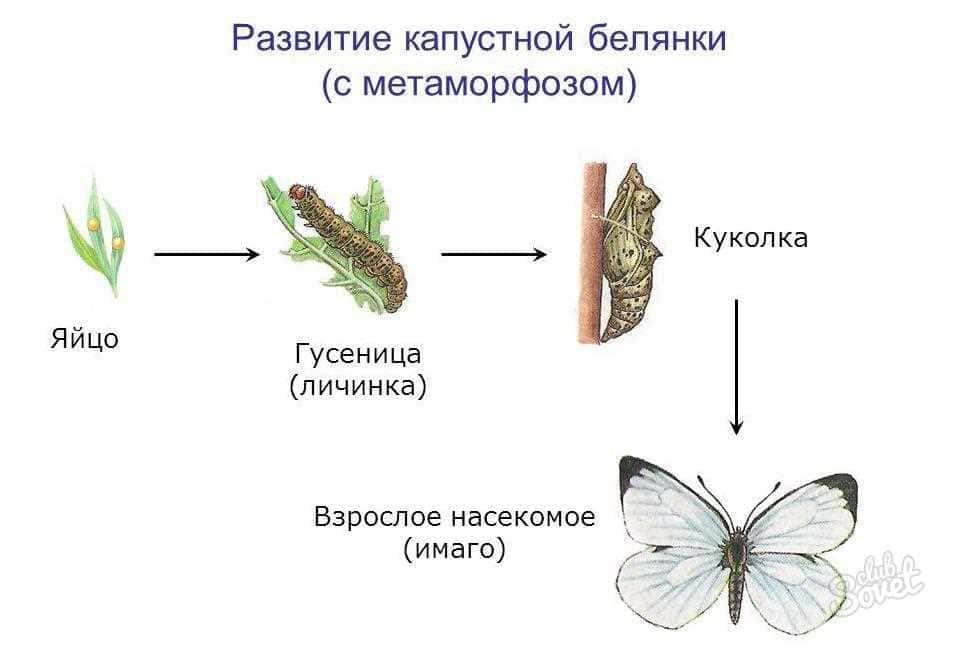
The leaf-nosed butterfly is one of the most famous species of leaf-shaped butterfly. Its wings are shaped and colored like leaves, which allows it to hide perfectly among the vegetation. The leaf-nosed butterfly lives in the tropical forests of South America and is an important element of the ecosystem.
2. Butterfly leaflet
The leaf butterfly is also known for its ability to hide among the leaves. It has wings that are very similar to the leaves of the trees it lives on. The leaf butterfly is found in various parts of the world, including Africa, Asia, and Australia.
The study and conservation of these and other leaf butterflies is an important task for the conservation of biodiversity and understanding the unique adaptations of these creatures.
Read more:


